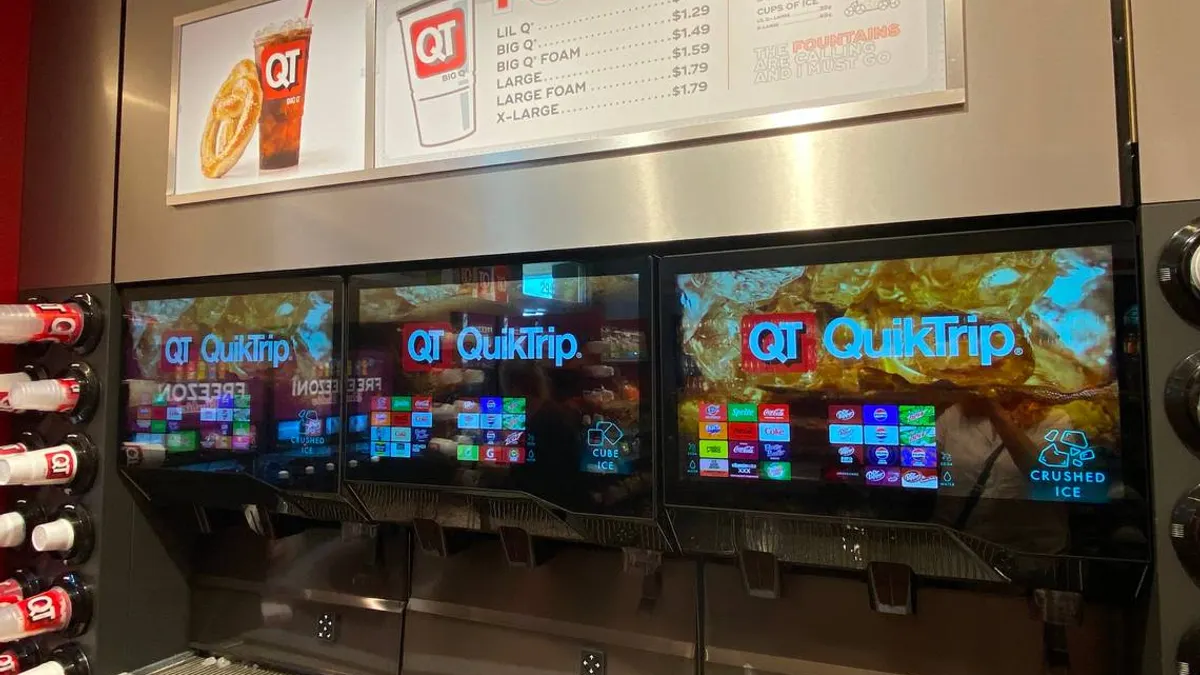Dive Brief:
- Circle K received a citation last Wednesday from the U.S. Department of Labor after investigators found the company “could have prevented a store cashier in Orlando from suffering a serious gunshot injury” if it had followed its safety procedures.
- The Labor Department’s Occupational Safety and Health Administration (OSHA) arm, which conducted the investigation, proposed $16,131 in penalties — the maximum allowed.
- Alimentation Couche-Tard, parent company for Circle K, has contested the findings before the Occupational Safety and Health Review Commission.
Dive Insight:
The citation stems from an incident in Orlando, Florida, in January when a a Circle K cashier was shot during a robbery after 1 a.m.
OSHA noted that Circle K c-stores have been the site of five fatal employee shootings in the past 10 years.
“People employed by late or all-night businesses, such as gas stations, convenience stores and drive-through fast food restaurants face a high probability of violent incidents as few witnesses, accessible cash, poorly lit stores and darkened parking areas often attract dangerous thieves,” said OSHA Area Director Erin Sanchez.
Robbery-related attacks are the leading cause of death at retail businesses, and that danger was 14 times higher for convenience store workers than other private industry workers in 2019, according to a National Institute for Occupational Safety and Health report.
In a statement to C-Store Dive, a Couche-Tard spokesperson said the retailer is in contact with OSHA as it contests the administration’s findings.
“The safety of our team members is always a top priority for us,” Couche-Tard’s spokesperson said. “As we strive toward our goal of zero harm to our people and customers, we have made significant investments in technology process improvements and training to better ensure a safe environment in our stores and facilities.”
OSHA listed some potential abatement methods in the citation, including conducting a worksite hazard analysis to identify environmental and operational risks for violence, training overnight employees on violence prevention procedures, establishing a workplace violence incident investigation program, and identifying and implementing ways to reduce the risk of robbery and assault.
At c-stores, those methods could come to fruition through having physical barriers between customers and workers at the register, or installing buzzer-operated doors or an alarm system that alerts local authorities when triggered.











